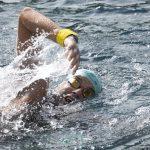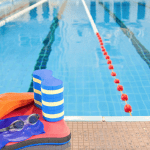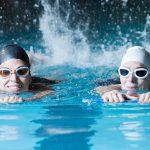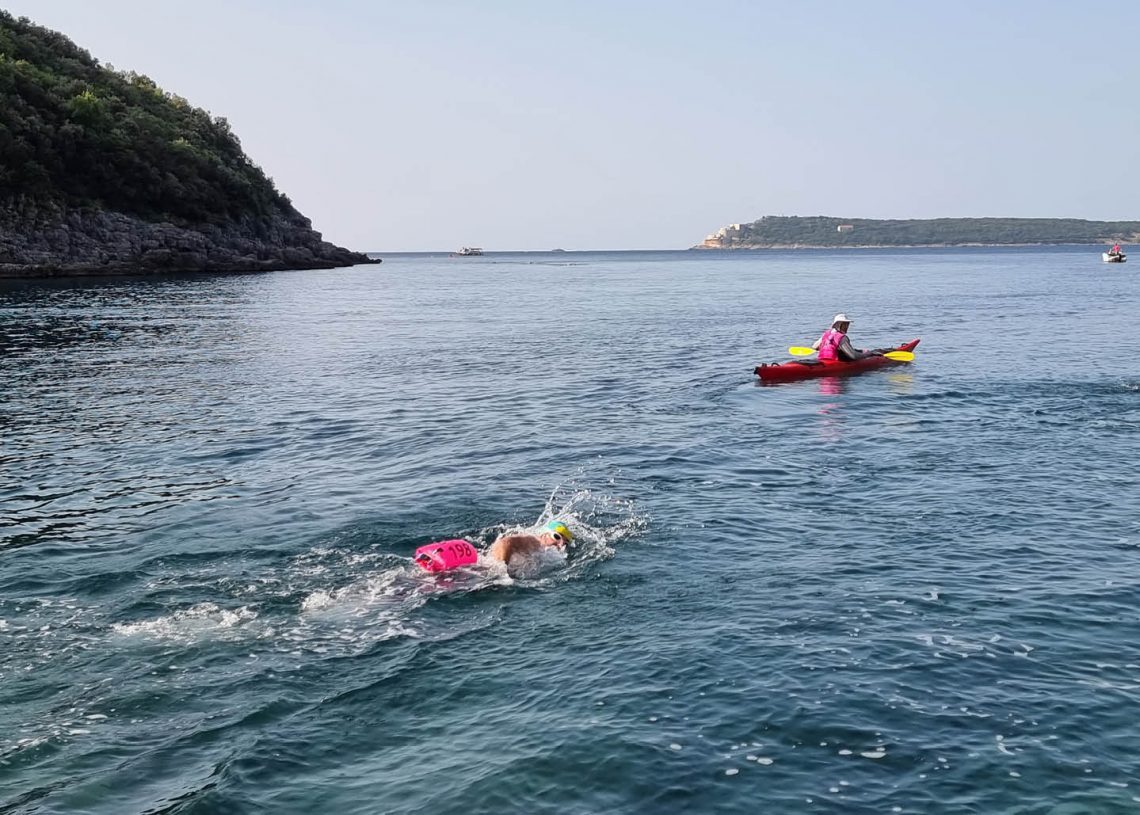
Freestyle Refresher Course Part 1: Breathing for front crawl
How to identify areas for improvement and work out what to do next to improve your freestyle swimming
A common path to improve your swimming is to work with a teacher or a coach. An expert pair of eyes can quickly spot things you can work on to swim further and faster and with less effort. But not everyone has access to these services. The alternative is to try to teach yourself. It’s harder to do it alone but you can identify areas for improvement and make changes. Our aim with this series is to help you improve your powers of self-observation and assessment so you can determine what you need to do to become a better swimmer.
To improve your swimming, you need three things:
- A good idea of what you are aiming for
- An understanding of where you are now
- A way to make the changes needed to get you from where you are to where you want to be
Swimming isn’t complicated. To go faster, you just need to reduce drag or increase propulsion – or preferably do both at the same time. However, the movement pattens to do this are not natural. Mastering them and coordinating the different parts of the body takes time and practice. Building the muscular strength and endurance to increase and sustain power takes hours of training. Unfortunately, you can’t just watch a fast swimmer, try to copy what they do, and expect to go faster. There are too many things to think about.
The way forward is to focus on individual components and gradually build them into a cohesive whole. Many swimmers struggle with breathing in front crawl or breathe in a sub-optimal way, so focusing on this is a good place to start.
Practise observation
While we said you can’t just watch good swimmers and copy what they do, they are still a primary source for learning how to swim faster. The trick is to focus on a small part at a time. It’s easy to be distracted into watching how they move their arms or kick off a wall but in this exercise we are focusing on breathing.
A good thing about swimming is we can see how and when athletes are breathing by watching for bubbles streaming out of their nose and mouth. We can see how much of their face comes out of the water when they breathe in and we can see the timing of their breaths. Spend some time on Youtube watching elite swimmers and concentrating on observing how they breathe. Forget everything else for now. Also take a look at Swim Smooth’s Mr Smooth animation. It’s usually easier to see on longer distance swims – 800m and 1500m – than splash and dash sprints (besides, many 50m sprinters hold their breath throughout). Look for videos that have underwater shots especially.
Not everyone breathes in the same way, naturally, but hopefully you will see the following:
- Bubbles streaming out continuously while the face is in the water*
- Breathing every two strokes (or sometimes three)
- The breath is taken close to the surface of the water and to the side – there is no forward lifting of the head
*Some swimmers prefer to hold their breath until just before they breathe and then release it explosively at the last moment. Feel free to experiment with this. However, for most people, we recommend breathing out continuously.
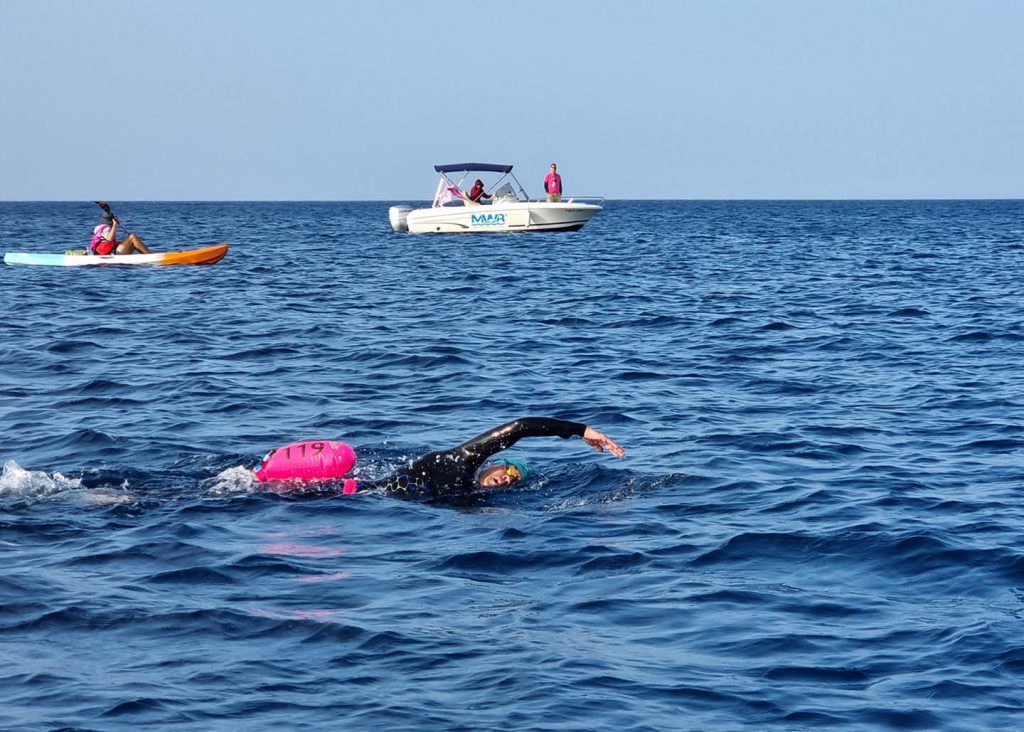
Now see how you do
Part of learning to swim is developing a feel and understanding for what you are doing in the water. This will help you make changes. Next time you swim, without trying to change how you swim, observe and monitor your breathing. Focus on one aspect at a time. Ask yourself:
- Can I swim continuously without getting out of breath?
- Do I breathe out while my face is in the water?
- Can I hear bubbles from my breath when my face is in the water?
- How often do I take a breath?
- Which is my preferred breathing side and can I breathe to the other side?
- Do I lift my head forwards when I breathe?
- What can I see when I breathe?
Making the changes
Making changes in the way you swim is hard, especially for adult swimmers. Ingrained habits take time to shift. Be kind and patient with yourself. Try to zoom in on what you think gives you the greatest scope for improvement and work on that first.
For example, if you struggle to do more than a couple of lengths without getting out of breath, this may be caused by holding your breath rather than lack of fitness, by taking too many strokes between breaths or simply sprinting instead of settling into an appropriate long-distance pace. Try slowing down, breathing out while your face is down and breathing every other stroke. It may help to isolate breathing completely, stand in the shallow end of the pool, put your face in the water, relax and gently breathe out, feeling the bubbles bursting around your ears.
Another common problem is turning the head and neck so far that you see the sky or ceiling. Your instincts maybe telling you to get your mouth as far from the water as possible to stop you from drowning. However, this slows down your stroke and unbalances you in the water. In fact, it’s possible to get air right at the water surface. With your head on its side, you can breathe with one eye still under the water and see the side of the pool. You can practise this by swimming on your side, just using your legs for propulsion. Rest your upper arm by your hip and have your lower arm stretched out in front and practice breathing while keeping your face as close to the water as you can.
Be creative and design your own drills and exercises that work for you. Stay focused on one point at a time as you practise incorporating the changes into your full swimming stroke. Keep checking in with your breathing to improve your awareness of how you are doing it.
One word of caution: you may not be able to develop perfect breathing without changing other aspects of your stroke. Do what you can with what you’ve got now. Develop your observation skills, both of yourself and those elite swimmers you watch on YouTube.
In part 2: body position and action and reaction






